In chatting with Mustatea, she shared that ielele is traditionally understood as a female forest creature in Balkan folklore whose eerie voices led men astray. This immediately made me think of my closeted high school obsession with ancient Greek mythology and, specifically, the siren—similarly understood as a “female” deceptive demon lurer of men. Both Balkan and Greek hypertextual mythology's portrayal of this character dubbed “female” lends itself to the power dynamics of gender. Traditionally thought of to be female and, therefore, negative, ielele shines light onto a contemporary culture where patriarchy and the violence of the gender binary thrives, where female is object, the other, and male is subject, the “I” voice. This is especially important to note in looking at the ielele in a modern context, in which the fluidity of gender is often discussed in mainstream culture, both celebratorily and resentfully.
Mustatea’s ielele is a series of live sound and movement narrative portraits that incorporate both human and computational vocalizations to sound out “lost” histories and voices. This is explored technically through the BodyMouth, a unique instrument Mustatea developed that synthesizes speech in real-time from the movements of performers. Her work focuses on mythical female East European figures. As stated previously, in Balkan folklore, forest creatures are presented as “female.” However, ielele is not a name of any sort; linguistically, it can be best interpreted as a they/them pronoun. Similar to many non-English languages, in Balkan, the “they” is feminine. In fact, Balkan forest creatures have no discernible gender. I would go as far to say that many creatures and monsters who are portrayed as villains in art are genderless, if not queer-coded—a reason many overlapping queer and transgender and gender nonconforming (TGNC) people, like myself, feel seen and understood by them. A few examples of this include Dracula and Frankenstein—bodies that are grotesque and othered; bodies that are monstrosities and alienated.
Despite the genderless-ness of the ielele, because they appear to be strange, weird, and unappetizing, they have been contextualized and named “women”—women who have been exiled to forests and rivers. The lesbian commune dream! The origin of the siren is not the adorable mermaid girlies that I had a crush on from watching Disney’s 1953 Peter Pan. Instead, sirens were more astutely creature-like—having the body of a bird or fish and often a beard. To some, having a beard might read “not female.” But to me, it reads like a bearded queen, similar to Blackberri in the underground series Dragula, a fear-factor meets “spooky queen” competition show that uplifts the infinity of gender drag can embody. (And no, it is not a coincidence that naming a half-fish creature as female and calling someone high-femme in drag “fish” are similar.) To me, femme with a beard reads: Bearded Lady—Freaks! A freak in the circus—a place to flaunt the queer-dos, the disabled, the crips, the weirds, the undesirables, the creatures.
In the extended queer and TGNC community, the infinite, ever-flowing journey of gender exploration, and not being able to be pinpointed as “man” or woman”…is freeing, sought after, and often life-saving.
As ielele expands and focuses on character development, Mustatea is specifically interested in the genderless-ness of the creatures. Mustatea explicitly explores this in a contemporary context where the fluidity of gender is often feared and discriminated against, similar to how the voices of the ielele are often not meant for a civilized society. Sonically, the sounds being explored in ielele emulate sounds that are harmonically Eastern European, scales the Western ear might not be familiar with. In the full piece, Mustatea explores a character who represents “Fog.” Traditionally, fog is viewed as problematic, something you cannot pinpoint or capture. Kat fights against this problematization. In the extended queer and TGNC community, the infinite, ever-flowing journey of gender exploration, and not being able to be pinpointed as “man” or woman” (i.e. not adhering to the gender binary) is freeing, sought after, and often life-saving.


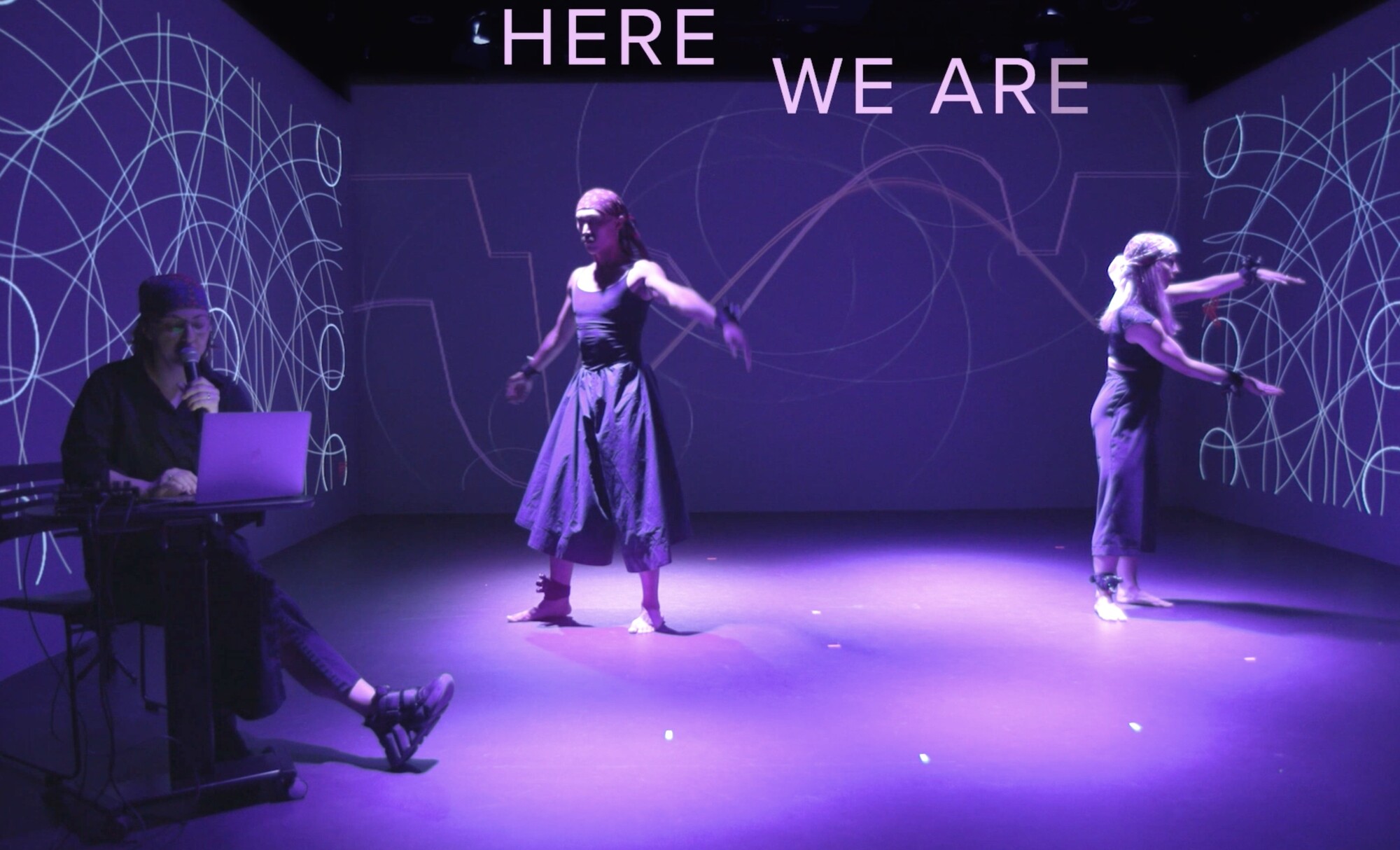
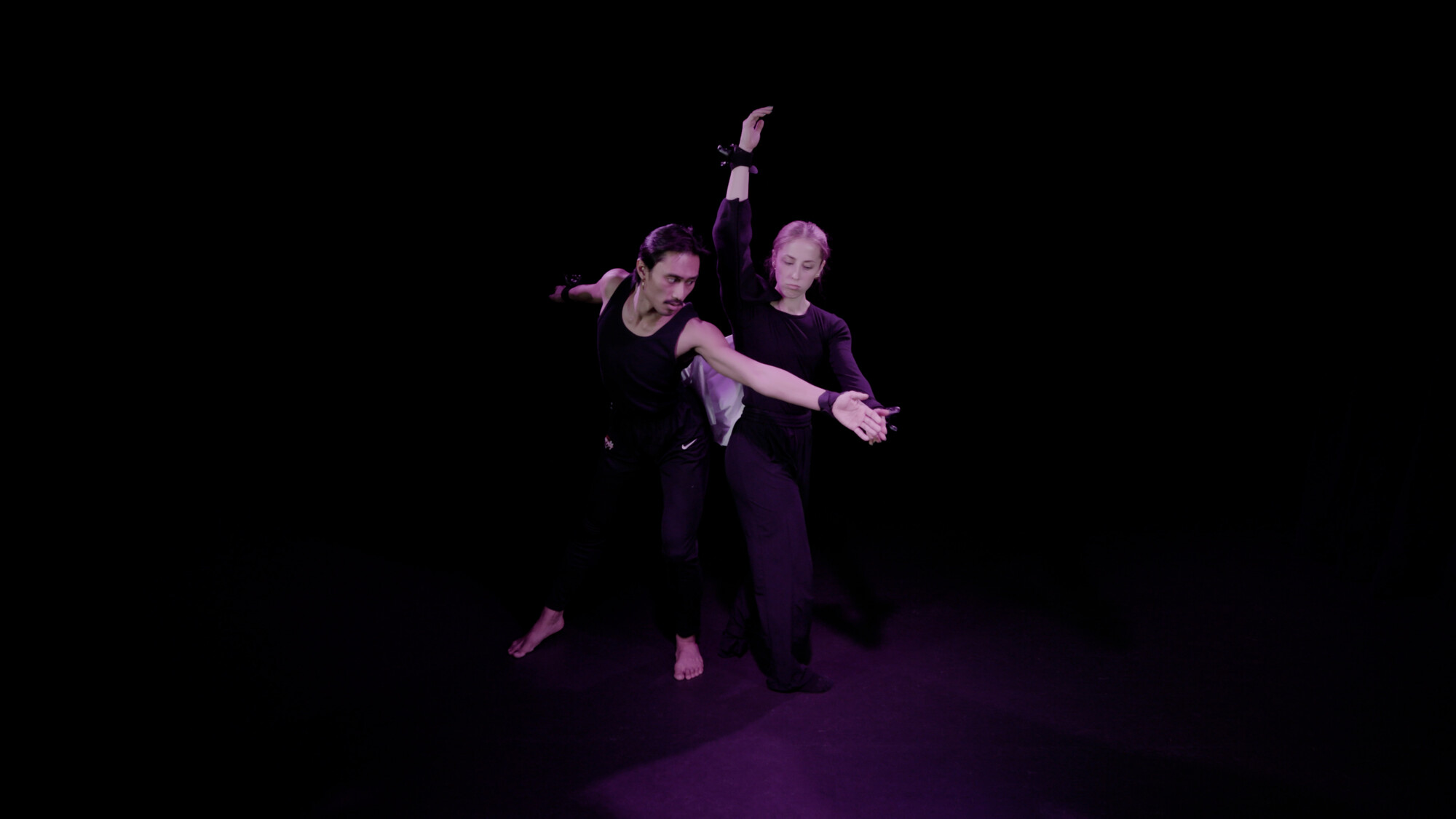
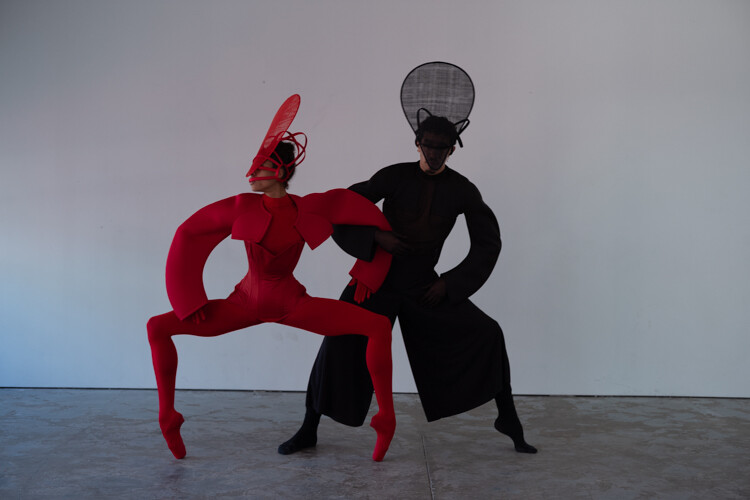



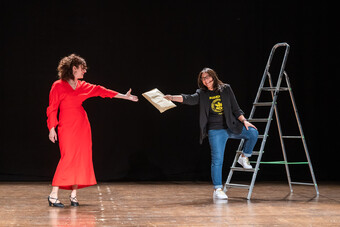

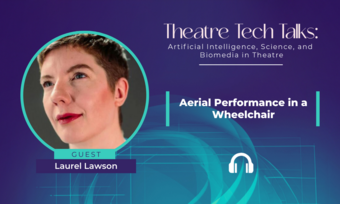


Comments
The article is just the start of the conversation—we want to know what you think about this subject, too! HowlRound is a space for knowledge-sharing, and we welcome spirited, thoughtful, and on-topic dialogue. Find our full comments policy here
Yay! Thank you HowlRound!